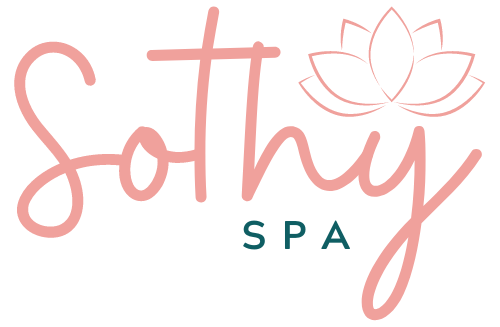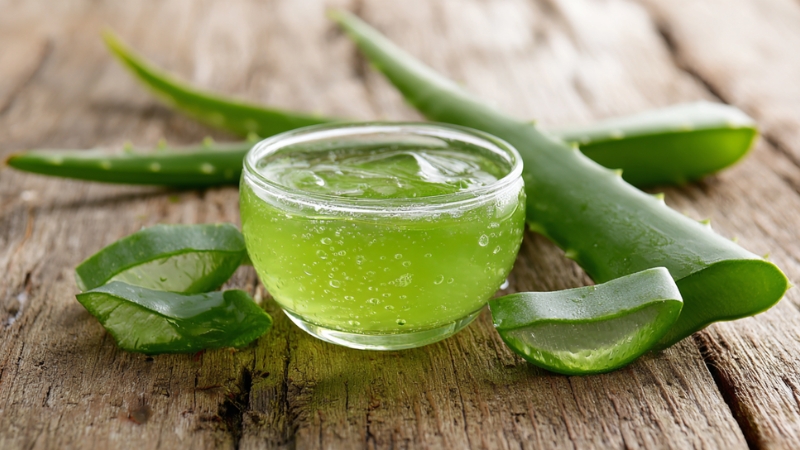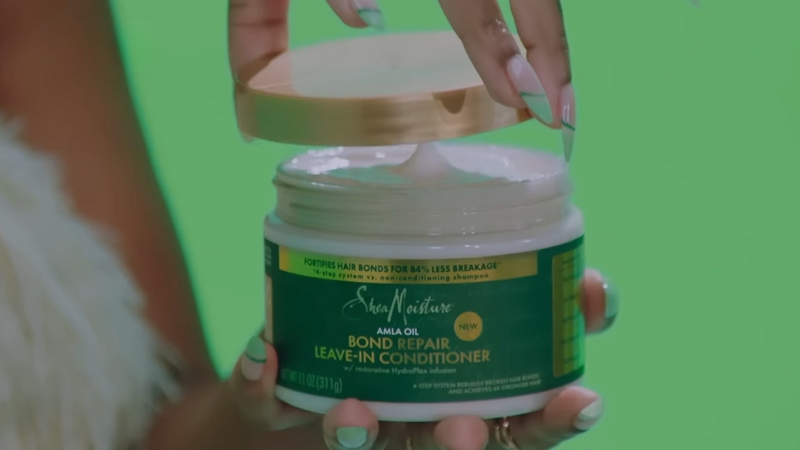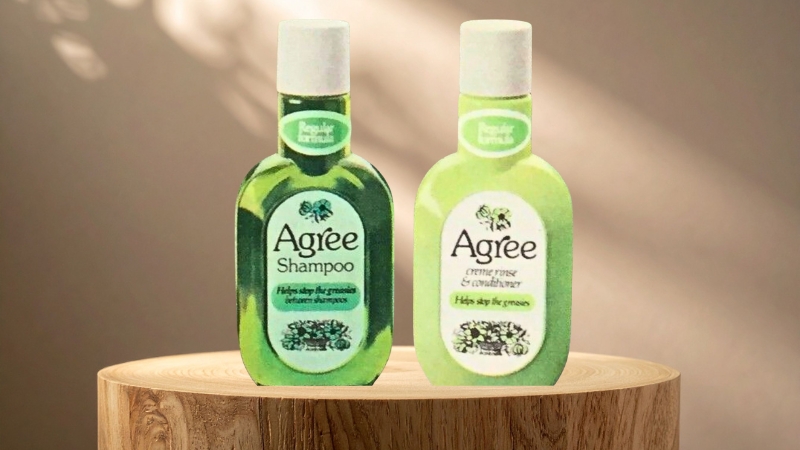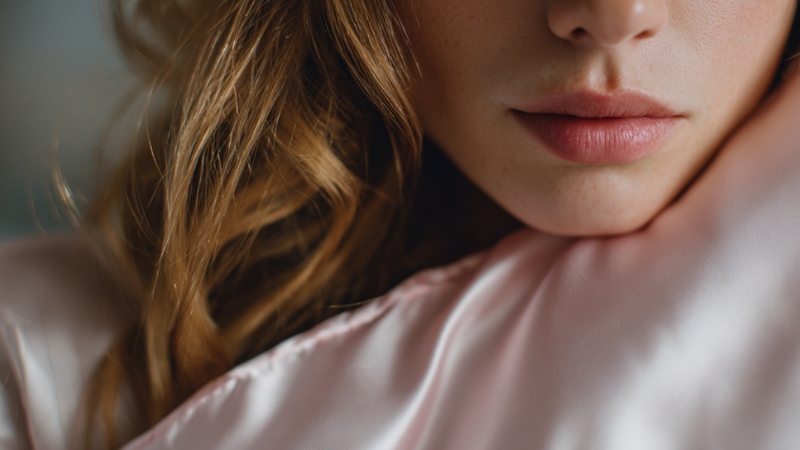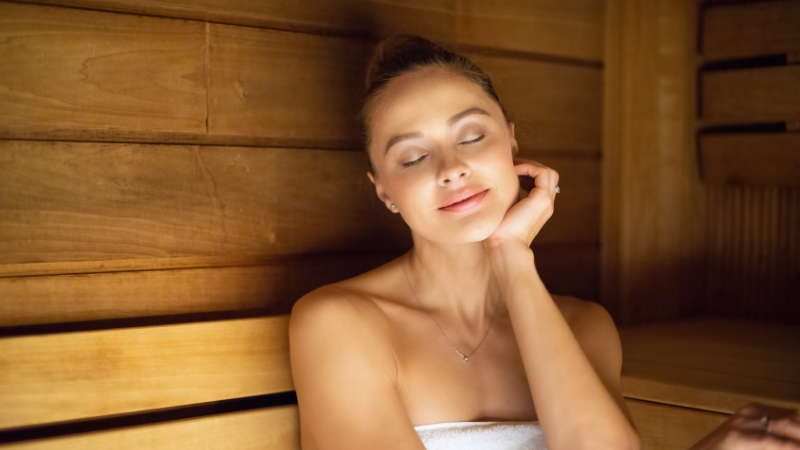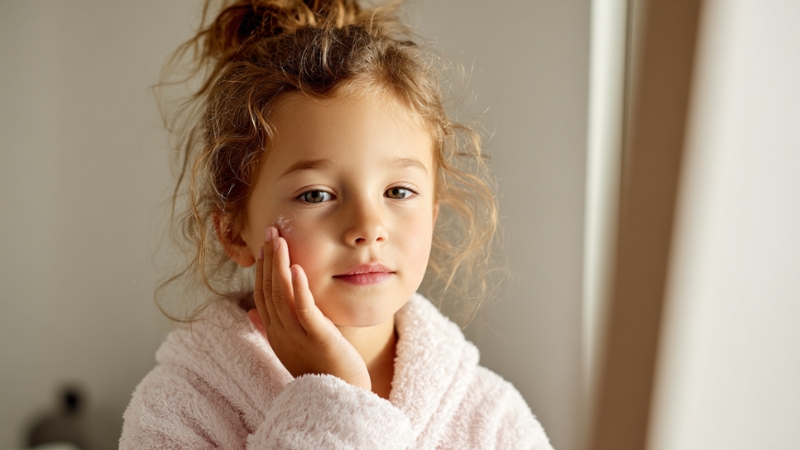
Share Post:
Caring for children’s skin should not feel like a guessing game in the pharmacy aisle. Parents want something straightforward: products that do not sting, itch, or trigger flare-ups, and that actually help keep skin healthy.
Dermatologists and pediatricians agree that the best routines are simple, evidence-based, and consistent. That means fragrance-free basics, barrier-supporting moisturizers, mineral sunscreen where appropriate, and a careful eye on labels.
This guide will walk you through what “child-friendly” skincare really means, why certain ingredients matter, how regulations shape your choices, and which brands consistently produce products that align with expert advice.
Key Takeaways
What “Child-Friendly” Really Means
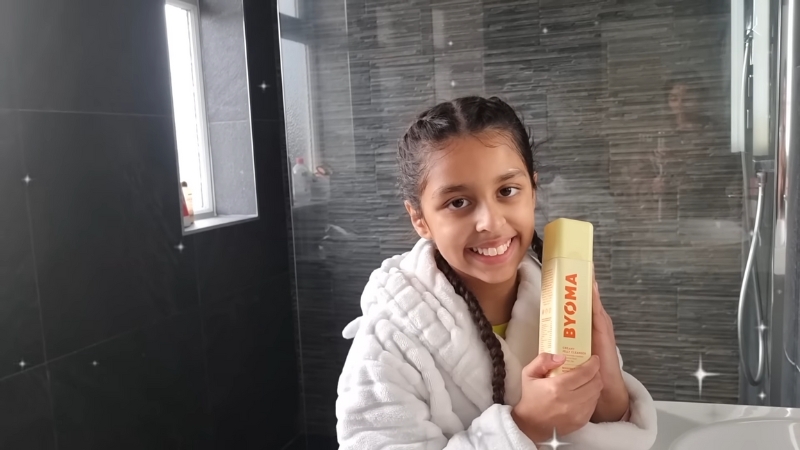
It means products that respect delicate skin, avoid common irritants, and support everyday comfort without adding unnecessary extras.
Fragrance-Free and Gentle
Fragrance is one of the most common culprits behind irritation and allergic reactions in children.
Both the AAP and NEA recommend fragrance-free cleansers and moisturizers for children, especially when skin is dry or eczema-prone.
Thicker creams and ointments usually outperform lotions when it comes to hydration.
Mineral Sunscreen for Most Kids, Shade for Infants
According to the FDA, babies under 6 months should not be exposed to direct sunlight. If shade and clothing are not enough, a pediatrician may recommend a tiny amount of sunscreen on exposed skin.
For kids 6 months and older, zinc oxide and titanium dioxide sunscreens are the safest bets. They provide broad-spectrum coverage and have a long track record of safety.
Barrier-Supporting Formulas
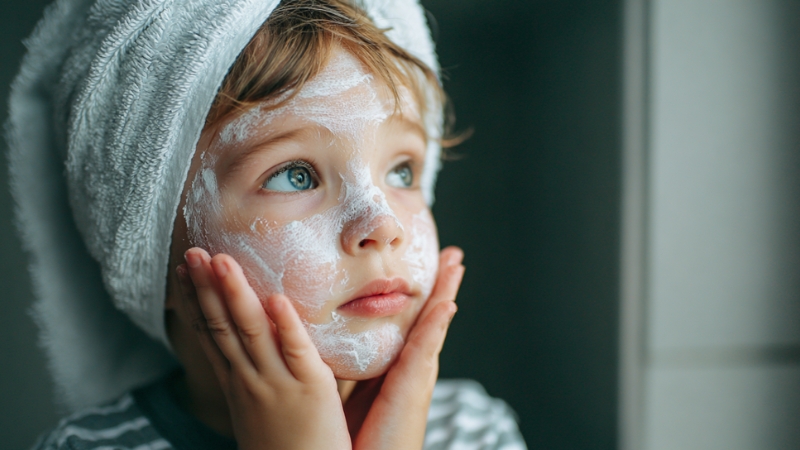
Daily use of emollients reduces symptoms in mild to moderate childhood eczema and lowers the risk of flare-ups.
Products containing ceramides, glycerin, petrolatum, or shea butter can strengthen the skin barrier and lock in moisture.
“Emollient plus” products, sometimes labeled specifically for eczema, often have supportive clinical data and NEA Seals of Acceptance.
Diaper Care
Here, simplicity wins. The key is protection, not branding. A thick barrier of zinc oxide paste or plain petrolatum works best. For cleaning, choose fragrance-free and alcohol-free wipes, or just a soft cloth and water.
Labels and Regulation Basics
In the U.S., baby skincare is classified as cosmetics, regulated by the FDA. Most do not go through pre-market approval.
The Modernization of Cosmetics Regulation Act of 2022 (MoCRA) tightened oversight, requiring product listing, facility registration, and adverse event reporting.
In the EU, Cosmetics Regulation 1223/2009 sets strict safety standards. Recent updates require more transparent labeling of fragrance allergens, which helps parents spot risks.
Skin Facts That Matter
- Eczema prevalence: According to the CDC, around 10.8% of U.S. children had diagnosed eczema in 2021. Globally, the number reaches into the tens of millions. Regular moisturizing and fragrance-free basics are first-line care.
- Daily habits matter most: Short, lukewarm baths followed by immediate moisturizer application are strongly recommended by pediatric dermatology groups.
- Sun protection is layered: Hats, UPF clothing, and shade come first; sunscreen comes in for exposed areas on children over 6 months.
Ingredients to Look For
Parents often feel lost in long ingredient lists, but a few key names make all the difference. Here’s what signals safety and comfort.
Good Signs
- Zinc oxide and titanium dioxide in sunscreens: safest, least irritating, FDA-proposed as generally recognized as safe and effective.
- Ceramides, glycerin, petrolatum, shea butter: support the barrier, reduce water loss, and improve hydration.
- NEA Seal of Acceptance: guarantees fragrance-free and avoids high-risk allergens.
Caution Flags
- Fragrances and essential oils: frequent triggers for irritation.
- Phenoxyethanol: safe at up to 1%, but French health authorities advise caution in leave-on products for the diaper area in children under 3.
Building a Simple, Safe Routine by Age
Kids’ skin needs to change quickly as they grow, but the routine does not have to get complicated. Here is what works best at each stage.
Newborn to 6 Months
- Keep baths short, lukewarm, and limited.
- Use mild, fragrance-free cleansers only when needed.
- Apply a thick cream or ointment afterward.
- No sunscreen; use clothing and shade.
6 Months to 5 Years
- Daily moisturizing becomes routine.
- Sunscreen enters the picture: mineral SPF 30+, reapplied every 2 hours during sun exposure.
- Continue using fragrance-free cleansers only on dirty areas.
School-Age and Tweens
- Bathing 1–2 times a week is enough unless sports or swimming demand more.
- Daily moisturizing if skin is dry or eczema-prone.
- Teach sunscreen habits for sports, playground time, and field trips.
Brand Short-List
Below are well-regarded lines recommended by dermatologists and pediatric groups. Always check labels, since even trusted brands sometimes sell fragranced versions.
Quick-Look Table
| Need | Brand Lines to Consider | Why They Work Well |
| Daily moisturizer for dry or eczema-prone skin | CeraVe Baby Moisturizing Cream; CeraVe Moisturizing Cream; Vanicream Moisturizing Cream; La Roche-Posay Lipikar AP+ | Barrier-supporting lipids and ceramides; fragrance-free; NEA Seals on many products. |
| Gentle baby cleanser | Cetaphil Baby fragrance-free; Baby Dove Sensitive; Bioderma ABCDerm | Mild surfactant systems, syndets designed for delicate skin. |
| Mineral sunscreen (6m+) | Thinkbaby, Blue Lizard Baby, Badger Kids, Neutrogena Pure & Free Baby | Zinc oxide/titanium dioxide formulas; broad-spectrum SPF 30+. |
| Diaper care | Any zinc oxide paste; Aquaphor Healing Ointment; Desitin Maximum Strength; fragrance-free wipes | Ingredients matter most: zinc oxide or petrolatum give reliable barrier protection. |
| Eczema-specific emollients | Mustela Stelatopia, La Roche-Posay Lipikar AP+, Eucerin Eczema Relief, CeraVe Eczema line | Evidence-based emollient plus products, often with NEA Seals. |
Product by Product
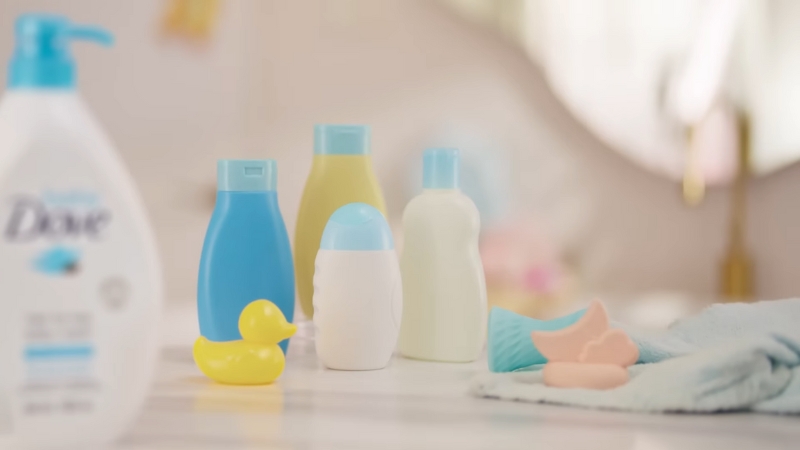
Cleansers, moisturizers, sunscreens, and diaper care all serve a clear purpose, and each has its own set of safe, reliable options.
Cleansers
Pick mild, fragrance-free syndet-based washes. Brands like Baby Dove Sensitive and Cetaphil Baby offer gentle options. Bioderma’s ABCDerm line is another example, designed under a pediatric safety charter.
Moisturizers
Thick, fragrance-free creams and ointments should be the default. Ceramide-rich CeraVe, Vanicream, and La Roche-Posay Lipikar are dermatologist staples. Petrolatum remains a reliable and affordable option.
Sunscreens
For children 6 months and older, choose SPF 30 or higher, broad-spectrum, mineral-based, and water-resistant. Zinc oxide sticks and creams are easier to apply to squirmy kids. Avoid chemical sunscreens for daily use on sensitive skin.
Diaper Area
Stick with fragrance-free wipes or plain water. Apply a thick barrier of zinc oxide paste or petrolatum at every change. Do not scrub off the previous layer unless visibly soiled, as gentle layering protects best.
Smart Shopping & Reading Labels
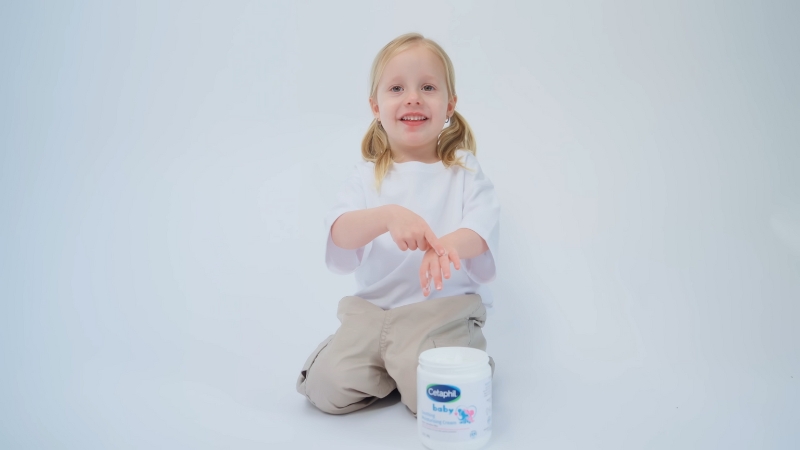
- Fragrance signals: In the U.S., “fragrance” or “parfum” means added scent. In the EU, many allergens must be listed individually (like limonene or linalool).
- FDA oversight: With MoCRA, all products must be listed with the FDA, but there is no pre-approval process. Parents still need to pick carefully.
- EU standards: Stricter rules on allergen disclosure and periodic safety reviews keep labels more transparent.
Eczema Corner
If your child has eczema:
- Bathe daily or every other day in lukewarm water.
- Apply moisturizer immediately afterward.
- Avoid fragranced products, harsh soaps, and rough scrubbing.
- Consider products with the NEA Seal.
If flares persist, see a pediatrician or dermatologist for tailored treatment. Consistency matters more than chasing new miracle creams.
Sunscreen Specifics for Families
- Under 6 months: Keep in shade and use protective clothing.
- 6 months and older: Apply SPF 30+ mineral sunscreen 15 minutes before sun exposure, and reapply every 2 hours.
- Cover tricky spots like ears, scalp, neck, and tops of feet.
- Sunglasses and hats protect sensitive areas eyes cannot escape.
Diaper Rash Playbook
@rascalsbaby Struggling with diaper rash? 😡 Here’s what helps! #rascals #diaperrash ♬ original sound – Rascals
- Clean with gentle wipes or water and a soft cloth.
- Apply zinc oxide or petrolatum thickly.
- Give diaper-free air time.
- If no improvement in several days or if yeast infection signs appear (red patches with edges), see a doctor.
FAQs
Bottom Line
When it comes to children’s skincare, simple always wins. Choose fragrance-free basics, stick with mineral sunscreens for kids 6 months and older, keep baths short and lukewarm, moisturize daily, and rely on zinc oxide or petrolatum for diaper care.
Always check expiration dates and look for any changes in smell, color, or texture – those signs mean the product has turned bad.
Trusted brands like CeraVe, Vanicream, La Roche-Posay, Eucerin, Mustela, and Baby Dove all offer lines that fit these principles.
Parents do not need complicated routines. Just safe, gentle, and effective products that keep kids’ skin comfortable every day.
Related Posts:
- How to Tell if Your Skincare Product Has Turned Bad
- 7 Best Professional Skincare Devices for Full-Body…
- 17 Common Skincare Mistakes That Can Ruin Your Routine
- Struggling with Dry and Oily Skin? Your Products May…
- 14 Skin Care Products That Should Never Be Refrigerated
- How Personalized Makeup Products Increase Brand…

